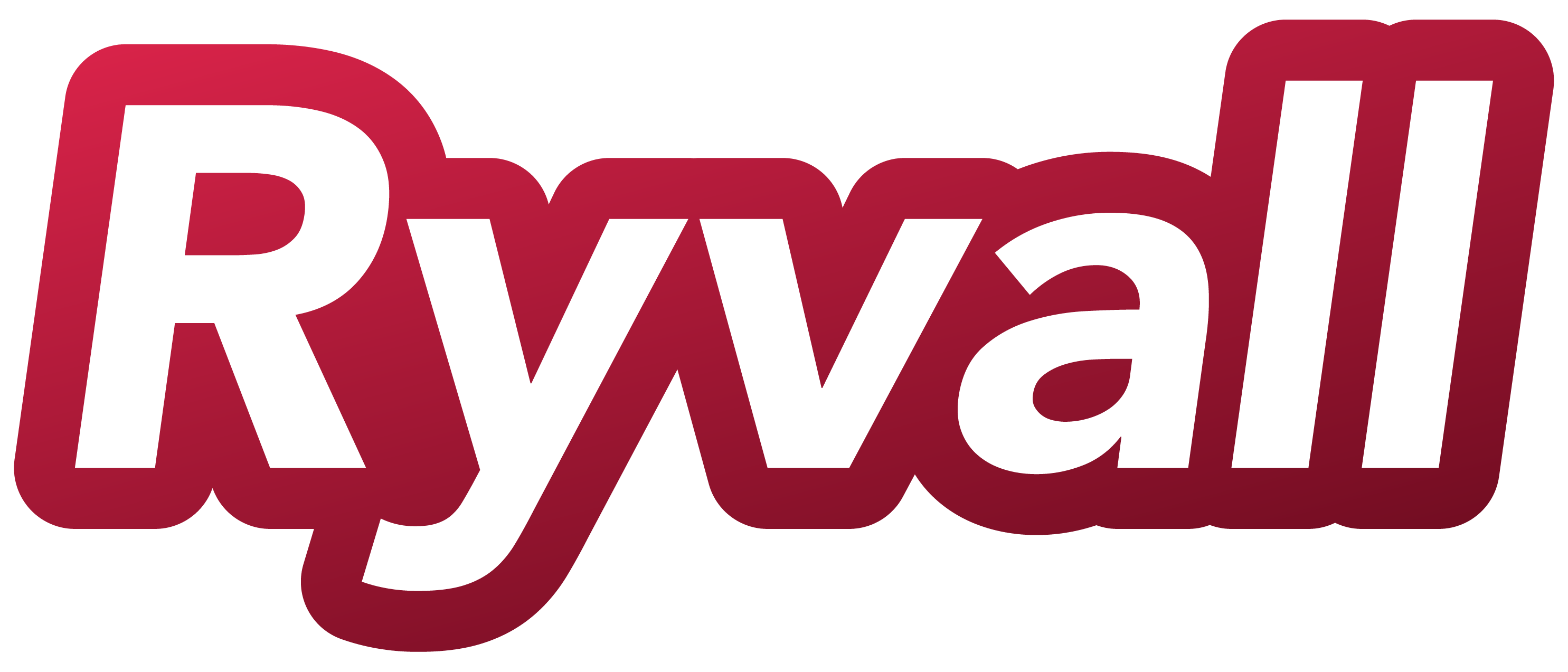A good biography should answer two questions: who are you and why are you good for this job?
Who are you?
You should place your name first in your biography. Even though it seems simple, your name should appear throughout your biography several times. It not only helps voters to learn your name, but it also helps Google recognize your website is the result people need to find when they search your name. The best way of doing this is writing the biography in the third person.
This biography is an introduction of yourself as the political candidate to the voters. So you should focus on your background and a little on the issues that made you want to run.
You can start with your connection to the area, maybe you moved to town to raise your family, maybe you have lived here your whole life. People trust people that they know, so how would your voters know you?
Why are you good for this political office?
Your current job and why it would prepare you to be a good public servant are good places to start. If you own a store or small business, you may have some insight into local regulations or tax laws. You may be a teacher and familiar with the changes that need to be made at the administrative level of the school district.
Tell a story, YOUR story.
What else makes you a good candidate for the job? This is a place to discuss your education, your community and civic work, and previous offices you may have held. Describe how your experiences qualify you for the job. Make sure you do not just list bullet points, but use short paragraphs (like the ones in this article).
Political endorsements and awards
A biography can be a good place to mention endorsements you’ve received, awards you’ve received, or if you’ve been recognized by community organizations. If you list every single accomplishment in your biography, it will appear cluttered and hard to read. Don’t just list these accomplishments, weave them into a story when you share them.
Political values can connect to your biography
In addition, this is an opportunity to demonstrate your values instead of telling us about them. If faith is a big part of your motivation for running, you can share your volunteer work or leadership in your church. In the case of running on the basis of family values, you can highlight your time on the PTA of your children’s school or your free time spent teaching computer classes at the community center. You shouldn’t just list your values, but also demonstrate how you embody them. For conservative voters, actions speak louder than words.
Showcasing political issues
Another question that should be answered by reading this biography is what do you want to accomplish during your time in office? You can cover these more in your issues section, but people really want to know: what’s in it for the voter? How will your work make a difference in the community and the lives of the voter?
It is important to distinguish yourself from the other candidates. You should only talk about yourself and your family. So, you can include some qualities that separate yourself from your opposition but above all else keep things positive.
Spacing in political biographies is important
Computers and readers both like lots of breaks in between text so try and keep your paragraphs just a few sentences long. This is not an English Literature assignment, and you don’t need to spend pages and pages with complex sentence structure to tell your story.
How long should a political biography be?
Don’t pend too much time stressing about your biography. If you wind up spending more than 30 min writing a biography you’re overthinking it. Time spent worrying about the website is time that will be better spent knocking on doors and talking to voters. This section is a modified stump speech, an elevator pitch, an introduction at a work meeting. It doesn’t need to be longer than a few hundred words if that’s all you can think to write.
Make sure you have someone read through your biography for grammar and misspelled words. Another set of fresh eyes will usually see something you missed. This is your first introduction to some potential voters, you don’t want virtual spinach in your teeth.
Finishing on an action
End your statement on a strong note. Be inspirational or give the voters an action. Leave the reader knowing why you deserve their vote on Election Day. Don’t be afraid to say it outright: “John Doe needs your vote this November.”



